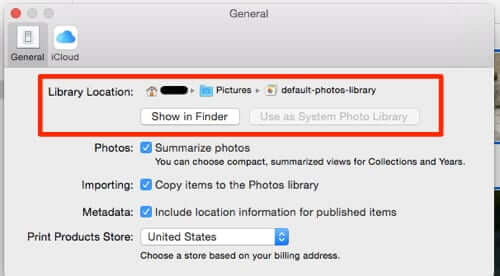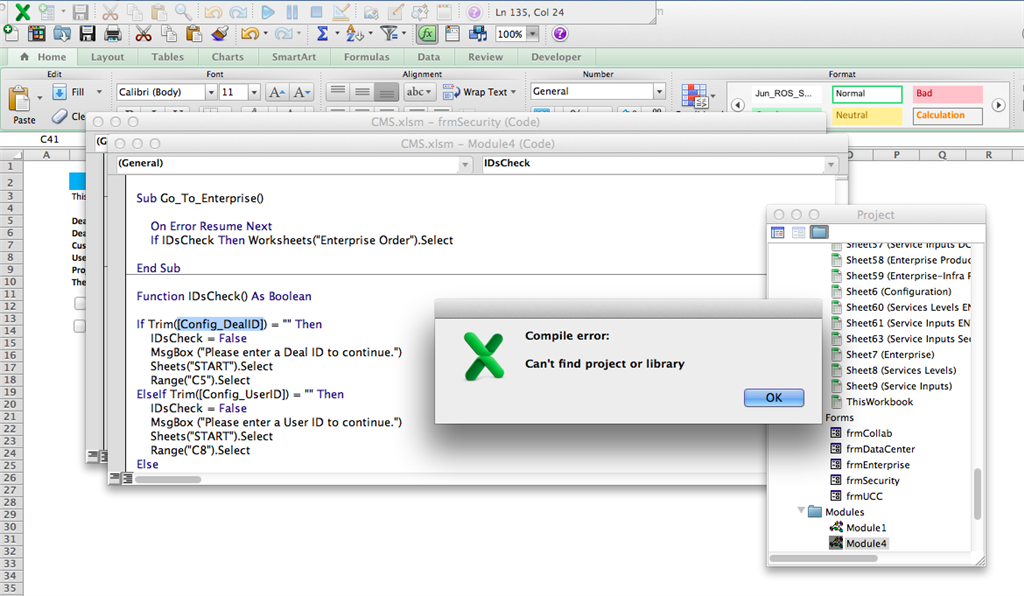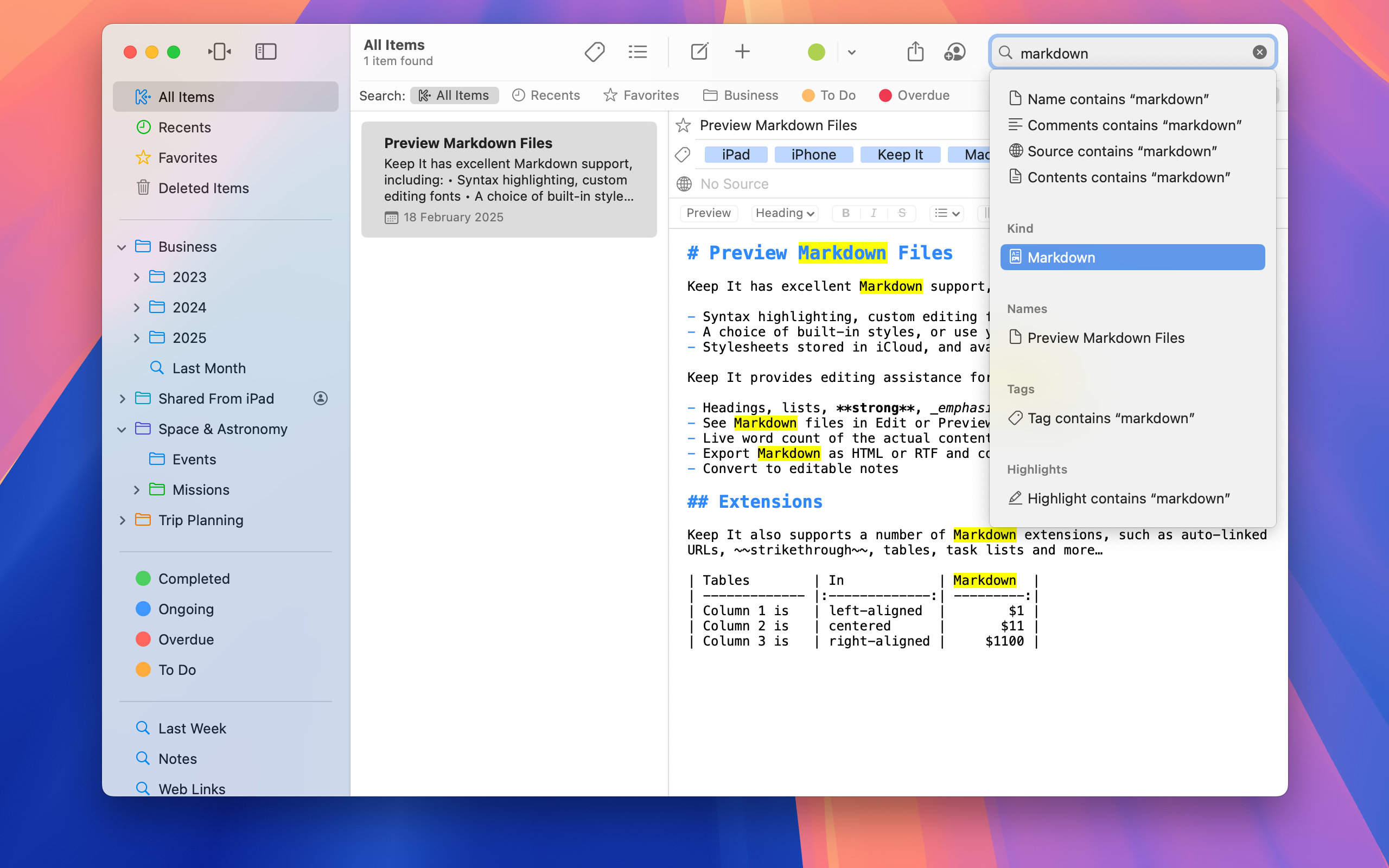- Find Photo Library On Mac
- Photo Libraries For Mac Windows 10
- Photo Libraries For Mac Osx
- Combine Mac Photo Libraries

- Christoph Stork’s photo libraries are overflowing. He owns a MacBook Pro with a 750GB drive, but has an iPhoto library that weighs in at 190GB and a Photos library that takes up 250GB.
- Download PhotoSweeper for macOS 10.12.2 or later and enjoy it on your Mac. PhotoSweeper is a fast, precise & super efficient tool to eliminate similar or duplicate photos even in huge photo collections. It works with Photos, iPhoto, Aperture, Capture One and Lightroom media libraries as well as photos from your hard drives and external.
Managing a huge gallery and organizing photos is a tricky business, even if you’re generally tidy, so it’s always a good idea to use some help. Especially when there’s software out there designed specifically to deal with an overload of pictures.
The only trouble with professional photo organizing software is that, much like any photo equipment, it’s painfully expensive. In this article we’ll suggest tools that tame your giant photo gallery without leaving a hole in your pocket.
A new photo library will not contain any of the previously imported photos. If you want them, you need to add them again. Here are the steps to Create a New Photo Library in Photos App for Mac: Quit 'Photos' app on your Mac. Re-launch the 'Photos' app in OS X while holding down the 'Option' key. A 'Choose Library' window opens up.
Best photo manager apps for Mac reviewed
| Rating | Name | Features | Info |
|---|---|---|---|
| 1 | Gemini 2 | Best at keeping your photos cleaned up where they live. | Link |
| 2 | Photos | Organize your photos by album, people or places. | Link |
| 3 | Mylio | Syncs and organizes your photo library across all devices: Apple, Android, or Windows. | Link |
1. Gemini 2: The duplicate photo finder
The first step to getting your photos organized is to remove all of the duplicate or similar-looking images. Chances are when you take a picture, you don’t take just one; you take 15. All from different angles, maybe even with different poses. But rarely do you need or want all of them, so now they’re just taking up space on your Mac.

The easiest way to get rid of those files is to get a duplicate photo finder, Gemini 2. It scans your whole gallery and locates the duplicate or similar photos. Gemini 2 lets you quickly review and choose which pictures you want to delete. But the app also uses AI to select the best version of each image, and it will get rid of all of the copies with just one click of the Smart Cleanup button.
2. Photos: Best photo organizer on Mac
Here’s the biggest secret to good photo organization: master Photos. You might be thinking: seriously, is a native Apple app really any good? And you’d be surprised how much it is.
Since macOS Sierra, Photos has been getting makeovers and new features. In macOS Mojave, the app lets you organize content just by dragging-and-dropping it, and with Smart Albums, you can instantly group photos by date, camera, and even the person in them. At this point, it’s just a really good piece of photo management software.
3. Mylio: A free photo manager app
If you’ve been meaning to consolidate your photos in one place for years, Mylio will help you do just that. When you first start using the app, it offers to look for your photos on the current device, on an external drive, and even on your Facebook.
Once all the photos you’ve taken in your lifetime are imported, Mylio organizes into a variety of views. The coolest one is Calendar, showing you photo collections on an actual calendar. That way, you’ll quickly find the photos from your son’s first birthday, even if you forgot how you named the folder. Plus, Mylio offers a free mobile app, so you can access your photo library wherever you are.
4. Adobe Lightroom: Cloud-based photo editor and organizer
While Adobe Lightroom is probably best known as a powerful picture editor, it’s also loaded with tons of tools to help keep your photos organized. It stores your pics in the Adobe Cloud so you can access all of your albums and folders on another computer, phone, or even an internet browser.
One of the great things about Lightroom is that it makes non-destructive edits to your photos. So, you can revert back to the original image at any time, and you don’t need to create a duplicate just to preserve your picture.
5. Luminar: Organize and view pictures without importing them
If you have your pictures saved in various folders across your computer, then Luminar is the app you’ll want to check out. It shows you all of your photos without having to import any of them into a library. So you can start using Luminar in almost no time.
6. Adobe Bridge: Free photo library manager
You might be wondering why Adobe would make two separate photo managers. Aside from Adobe Bridge being free for everyone, it serves an entirely different purpose. Bridge is solely an image and asset manager. Unlike Lightroom, it doesn’t have any editing functionality.
So, what’s the point then? Where Bridge really shines is if you’re using other Adobe products, such as Photoshop or Illustrator. You can store and organize all of your pictures in Bridge and then open them in any Adobe program without creating a duplicate or searching through the thousands of files on your computer. Plus, Bridge offers a robust search tool making it a breeze to find the exact image you’re looking for.
Final word on photo management on Mac
There are basically two things you need to remember to bring order into your photographing life:
- Before you get to organization and management, be sure to unclutter your photo library. The easiest way to do it is with a duplicate finder, such as Gemini 2. Otherwise you'll be rummaging around in thousands of photos you don't even need.
- Photos, the native photo manager on a Mac, can accomplish everything you need to make organizing photos into groups and categories easy.
- Third-party tools can provide you with added functionality that’s missing in native macOS tools, like calendar view or managing photos right in the Finder.
Now that you know all the secrets to photo organization, Mac photography shouldn’t be that hard or that expensive. Not when you’ve got the right tricks up your sleeve.
These might also interest you:
Requirements:- Mac OS X v10.6.8 through 10.13.6
(10.14 Mojave not supported) - iPhoto v8.1.2 and later
- Mac computer with an Intel
Core 2 Duo processor or better
Registration FAQ
Documentation
iPhoto Library Manager allows you to organize your photos among multiple iPhoto libraries, rather than having to store all of your photos in one giant library. You can browse the photos in all your libraries directly from iPhoto Library Manager, without having to open each library in iPhoto just to see its photos, and search across all your libraries to help track down a particular photo.


iPLM also gives you the ability to copy your photos from one library to another, while keeping track of photo metadata that is normally lost when exporting from one library and importing into another. Titles, dates, descriptions, keywords, ratings, faces, and place information are all transferred along with the photos, ensuring that you keep all that information you spent hours entering into iPhoto. Event and albums are also reconstructed when copied, and both the edited and original copies of each photo are copied as well. You can split up a large library into multiple smaller libraries, merge entire libraries together into a big one, or rebuild a corrupt library that is causing iPhoto to hang or crash.
Since it can be easy to lose track of what photos are stored in which library, iPhoto Library Manager can analyze your libraries for duplicate photos, showing them to you side by side and letting you get rid of extra copies of photos that you no longer need. This duplicate analysis is also used when merging libraries and copying photos, to help prevent importing multiple copies of a photo into a library in the first place.
Features and screenshots
Create and manage multiple libraries
iPhoto Library Manager lets you create multiple iPhoto libraries, instead of having to keep all your photos in a single iPhoto library. This lets you speed up iPhoto by having smaller libraries, archive old photos that you don't use much, or organize photos in different categories or projects. The possibilities are endless!
Browse and search
Use iPhoto Library Manager's photos browser to quickly view your photos without having to open iPhoto itself. You can also search for photos in a single library, or across all your libraries at once.
Copy photos and their metadata
Find Photo Library On Mac
If you have an existing library you want to split up into smaller libraries, you can copy photos by drag and drop from one library to another. iPhoto Library Manager will take care of retaining all the photos' metadata, such as keywords, ratings, faces, and so forth.
Find duplicate photos
It can be easy to have multiple copies of the same photo creep into your iPhoto libraries. iPhoto Library Manager lets you search for duplicates in one or more libraries, view them side by side, and take actions on them, such as moving duplicates to the trash, tagging them with keywords, and more.
Merge iPhoto libraries
Photo Libraries For Mac Windows 10
Got a whole bunch of libraries you want to consolidate into one? iPhoto Library Manager lets you merge libraries while weeding out duplicate photos in the process. You will be shown a preview of what your merged library will look like before any modifications are done, to ensure your merged library looks how you want.
Rebuild corrupted libraries
Photo Libraries For Mac Osx
Sometimes, an iPhoto library will become corrupted, with missing photos, mysterious iPhoto hangs, or outright crashes. With iPhoto Library Manager, you can rebuild a new library based on your current library, starting with a fresh database free of corruption. You can even scavenge photos from the library that iPhoto may have lost track of.
Combine Mac Photo Libraries
